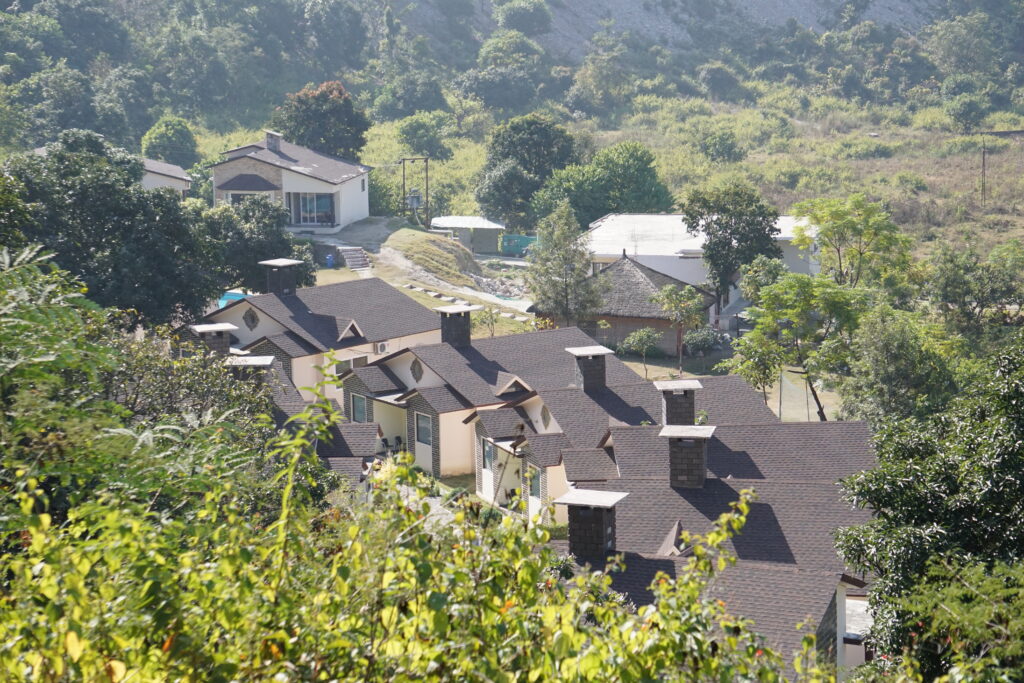Jim Corbett National Park, which is tucked away in the Himalayan foothills, is a wildlife and environment enthusiast’s paradise. It is the oldest and most esteemed national park in India, giving tourists the opportunity to take in the untainted beauty of the natural world and maybe get a good look at the elusive Bengal tiger. Selecting the ideal lodging is essential to maximising your Jim Corbett experience. We’ll walk you through all you need to know in this in-depth guide to make sure your time in Jim Corbett is as unforgettable as your wildlife experiences.
Is Jim Corbett National Park Worth Visiting?
Let’s take a quick look at Jim Corbett’s travel benefits before moving on to the hotel reservation process:
1. Diversity of Wildlife: Home to many mammals, including tigers, elephants, and leopards, as well as more than 600 kinds of birds and 500 types of flora.
2. Scenic Beauty: The Ramganga River meanders through lush forests and gently rolling hills, creating a magnificent scene.
3. Adventure Activities: There’s no lack of excitement, from river rafting to Jeep safaris.
4. Rich History: The park, which bears the name of renowned conservationist Jim Corbett, has an intriguing past.
5. Eco-Tourism: Promotes regional communities and environmental initiatives.
When to Go to Jim Corbett
It is up to you when to visit Jim Corbett for the finest experience.
* October through June: The park is completely open and offers the best chances to see wildlife.
* April to June: Hot summer months offer the best possibilities of tiger sightings as animals visit water bodies.
* July to September: Monsoon season; certain zones close, but the scenery is lush and gorgeous.
Different Jungle Safari Zones in Jim Corbett National Park.
1. Bijrani Zone: Well-known for birdwatching and tiger sightings.
2. Dhikala Zone: The biggest zone, renowned for seeing elephants and offering a variety of scenery.
3. Jhirna Zone: Always open, excellent for seeing wild boar and deer.
4. Durga Devi Zone: Well-known for its fishing spots and gorgeous scenery.
5. Photo Zone: The most recent addition, including walking and jeep safaris.
Knowing these zones will assist you in selecting a hotel that will support your objectives for seeing animals.
Jim Corbett Accommodation Types
Jim Corbett offers a range of lodging choices to accommodate all kinds of tourists:
1. Luxury Resorts: Ideal for those looking for upscale comforts and services.
2. Eco-Lodges: Naturally blended, environmentally mindful lodging solutions.
3. Forest Rest Houses: For a genuine experience, stay in government-run lodging inside the park.
4. Low-cost hotels: Reasonably priced choices for those on a tight budget or backpacking.
5. Homestays: Take in the warmth and culture of the area.
Considerations for Jim Corbett Hotel Booking
1. Location: Close to designated zones and park entrances.
2. Budget: There are accommodations ranging from ultra-luxurious to affordable.
3. Amenities: Take into account features like on-site naturalists, spas, and swimming pools.
4. Reviews: Look up web evaluations left by prior visitors.
5. Booking Services for Safaris: A few hotels help with safari reservations.
6. Season: There is a big difference in cost and availability between the peak and off-peak seasons.
7. Group Size: Resorts suitable for families versus romantic retreats for couples.
8. Eco-friendliness: Take into account the hotel’s ecological policies.
Although everyone has different tastes, take into consideration these well-regarded options:
1. Taj Corbett Resort & Spa: A luxurious choice with top-notch facilities and staff.
2. Jim’s Jungle Retreat: an eco-friendly resort with a focus on wildlife encounters.
3. Namah Resort: An ultra-modern resort with a gorgeous infinity pool that faces the woodland.
The Corbett Wilderness Aahana is renowned for its wellness and spa facilities.
5. Dhikala Forest Lodge: For those seeking adventure, the park offers lodging maintained by the government.


